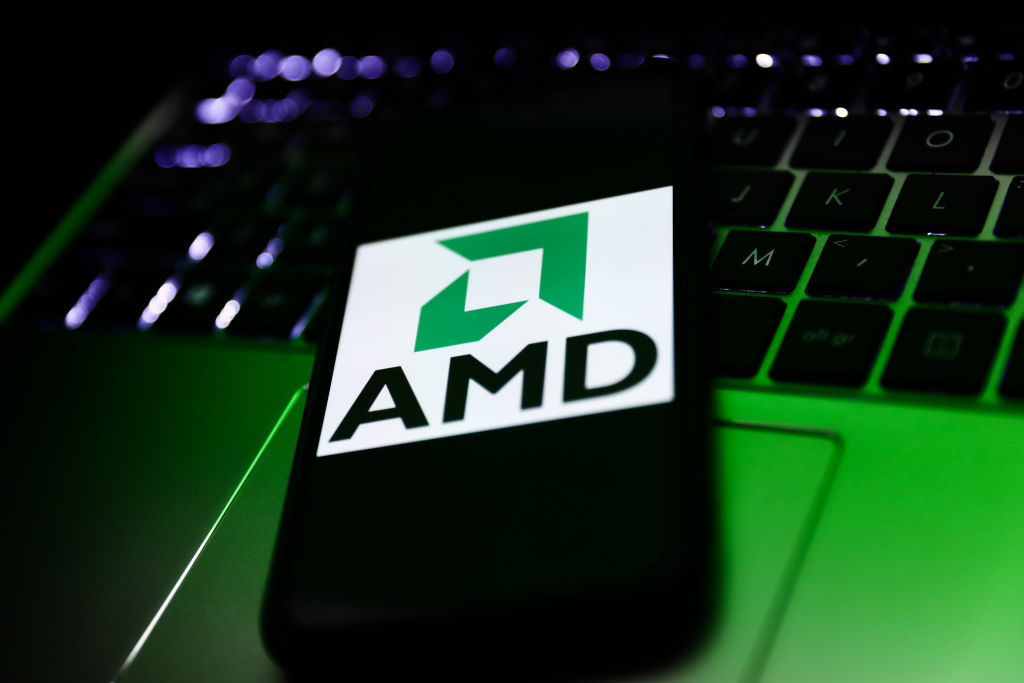
Advanced Micro Devices (AMD) stock is one of the worst S&P 500 stocks Wednesday after the semiconductor company satisfied analysts' expectations for its third quarter, but issued disappointing guidance for its fourth quarter.
In the three months ended September 28, AMD's revenue increased 17.6% year over year to $6.8 billion, boosted by 122.1% growth in its Data Center segment to $3.5 billion. Its earnings per share (EPS) were up 31.4% from the year-ago period to 92 cents.
"We delivered strong third-quarter financial results with record revenue led by higher sales of EPYC and Instinct data center products and robust demand for our Ryzen PC processors," said Advanced Micro Devices CEO Dr. Lisa Su in a statement. "Looking forward, we see significant growth opportunities across our data center, client and embedded businesses driven by the insatiable demand for more compute."
The results matched or beat analysts' expectations. Indeed, Wall Street was anticipating revenue of $6.7 billion and earnings of 92 cents per share, according to CNBC.
However, sentiment quickly turned negative when AMD provided its outlook on the fourth quarter. The company said it anticipates revenue of approximately $7.5 billion, plus or minus $300 million, which is in-line with analysts' expectations of $7.54 billion.
"AMD's stock was priced for a beat and raise," Summit Insights analyst Kinngai Chan told Reuters. "Clearly, AMD's outlook was not good enough for investors."
Is Advanced Micro Devices stock a buy, sell or hold?
Advanced Micro Devices has whittled its year-to-date lead to roughly 2% following Wednesday's post-earnings plunge. Still, Wall Street remains mostly bullish on the semiconductor stock.
According to S&P Global Market Intelligence, the average analyst target price for AMD stock is $186.96, representing implied upside of more than 24% to current levels. Additionally, the consensus recommendation is Buy.
However, financial services firm Oppenheimer has a Perform rating (equivalent to a Hold) on the large-cap stock.
"We remain cautious toward AMD's ability to deliver a profitable long-term business model as the second horse in the secularly declining PC market," says Oppenheimer analyst Rick Shafer. "We see financially and technologically stronger Nvidia (NVDA) and market-leading Intel (INTC) strengthening their positions in both CPU and GPU, challenging AMD's revenue and gross margin (GM) trajectory."
What's more, Shafer believes Advanced Micro Devices "faces structural challenges from Arm Holdings (ARM), and with valuation above peers, we view risk/reward as balanced here."







